Pashupatinathtemple is one of the 275 Paadal Petra Sthalams on the continent.The temple serves as the seat of the national deity, Lord Pashupatinath.This temple complex is on UNESCO World Heritage Sites’ list Since 1979.
Shrine’s History
The temple was erected anew in the 15th century by Lichhavi King Shupuspa after the previous building was consumed by termites. Over time, countless further temples have been erected around this two -storied temple. These include the Vaishnava temple complex with a Ram temple from the 14th century and the Guhyeshwari Temple mentioned in an 11th-century manuscript.

Legends Associated with This Shrine
In ancient times, a Gwala, or cow herder, had brought a cow from a Brahmin named Sudarshan. The cow was known for producing large quantities of milk. The Gwala used to take the cow to Changu for grazing. At that time Changu was a forest of Champak trees. While grazing, the cow always went to the shade of a particular tree. In the evening, when the Gwala took the cow home and started milking her, he got only a very small amount of milk.
This continued several days. He grew very sad, so he called on the Brahmin saying the cow was not giving enough milk. After observing this with his own eyes, Sudarshan agreed with the Gwala they should observe the cow’s daytime activity while she was grazing in the forest. Brahmin and Gwala both hid behind the trees and watched the cow. She went into the shade of one particular champak tree. To their surprise, a small black boy came out of the tree and started drinking the cow milk. The two men were furious because they thought the boy must be the devil and tree must be its home. So the Brahmin cut down the champak tree. When he was cutting it down, fresh human blood came out of the tree. Both Brahmin and Gwala got worried, believing they had committed a great crime and began to cry. Lord Vishnu emerged from the tree and told the Brahmin and cowherd it was not their fault. Vishnu told the story of how he had committed a heinous crime by unwittingly killing Sudarshans father while hunting in the forest.
After that, cursed for the crime, he wandered the earth on his mouth, as Garuda eventually descending on the hill at Change. There he lived in anonymity, surviving on milk stolen from a cow. When Brahmin cut down the tree, Vishnu was beheaded, which freed Lord Vishnu from his sins. After hearing these words from Vishnu, Brahmin and Gwala resolved to worship the place and established a small temple in the name of Lord Vishnu. Ever since the site has been sacred. Even today, we find Sudarshan’s descendant as the priest of the temple and the Gwala’s descendants as ghutiyars (conservators).
Legend says that Lord Shiva once took the form of an antelope and sported unknown in the forest on Bagmati river’s east bank. The gods later caught up with him, and grabbing him by the horn, forced him to resume his divine form. The broken horn was worshipped as a linga but over time it was buried and lost. Centuries later astonished herdsmen found one of his cows showering the earth with milk. Digging deep at the site, he discovered the divine linga of Pashupatinath.
The Linchchhavi Legend
According to Gopalraj Vamsavali, the oldest ever chronicle in Nepal, this temple was built by Supus Padeva, a Linchchhavi King, who according to the stone inscription erected by Jayadeva 11 in the courtyard of Pashupatinath in 753 AD, happened to be the ruler 39 generations before Manadeva .
The Devalaya Legend
Another chronicle states that Pashupatinath Temple was in the form of Linga shaped Devalaya before Supus Padeva constructed a five storey temple of Pashupatinath in this place. As the time passed, the need for repairing and renovating this temple arose. It is learnt that this temple was reconstructed by a mediaeval King named Shivadeva . It was renovated by Ananta Malla adding a roof to it.

Architectural Relevance of This Shrine
Temple Complex
The area of Pashupatinath encompasses 264 hectares of land including 518 temples and monuments.Main pagoda style temple is located in the fortified courtyard within the complex guarded by Semi-Military Nepal Police and Military Force Nepal Army and has a police outpost post along with living quarter within. In front of the western door, there is a huge statue Nandi bull, in bronze. Along with many temples and shrines of both Vaishnav and saiva tradition.
Main temple architecture
This main temple is built in the Nepalese pagoda style of architecture. All the features of pagoda style are founded here like cubic constructions, beautifully carved wooden rafters on which they rest . The two level roofs are of copper with gold covering. The temple resides on a square base platform with a height of 23m 7 cm from base to pinnacle. It has four main doors, all covered with silver sheets. This temple has a gold pinnacle .Inside are two Garbhagrihas, outer and inner .The inner garbhagriha or sanctum sanctorum is where the idol is placed and outer sanctum is an open corridor like space.
The Deity
The sacro sanctum or the main idol is a stone Mukhalinga with a silver yoni base bound with the silver serpent .The lingam is one metre high and has faced in four directions .These faces represent various aspects of Shiva; Sadyojata , Vamdeva , Tatpurusha, Aghor & Ishana .Facing West, North, East, South and Zenith respectively representing five primary elements namely earth, water, air, light and either. Each face has tiny protruding hands holding rudraksha mala on the right hand and a kamandalu on the other.Unlike other shiva lingams in India and Nepal this Pashupati shiva lingam is always Dressed in its golden vastra except during abhishakam, so pouring milk and Ganga Jal is only possible during abhishakam through the main priests.

Shrine’s Map Location and How to Go There
By Road
This temple is just 5 km away from the centre of Kathmandu towards the north-eastern side.There is a regular bus service to and from this place
By Rail
The Railway station is Bhikhna Thori Railway Station.
By Air
The nearest airport is Tribhuvan airport Kathmandu.


Shrine Timings
4 AM to 12 PM &5 PM to 9 PM
Events Celebrated at This Shrine
The most important festival is the Maha Shiva Ratri .Bala Chaturthi and Teej.
Extra Information About this Shrine
Finding of Shiva Linga at Pashupatinath Temple It is said that the wish-fulfilling cow Kamadhenu took shelter in a cave on the Chandravan mountain. Everyday Kamadhenu went down to the place the lingam was sunken into the soil and poured her milk on top of the soil. After a few thousand years some people saw Kamadhenu pouring milk on that same spot every day, and started to wonder what that would be. So they removed the soil and found the beautiful shining lingam and started worshiping it.

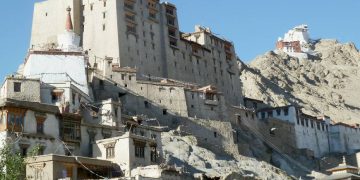

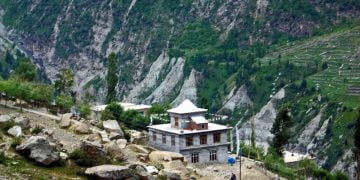
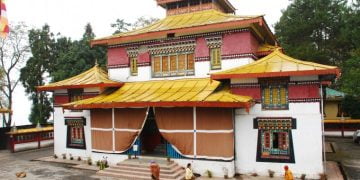

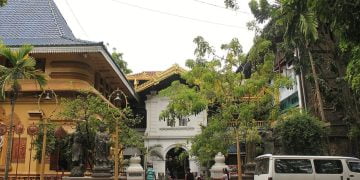
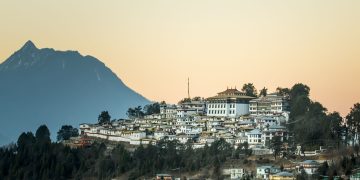
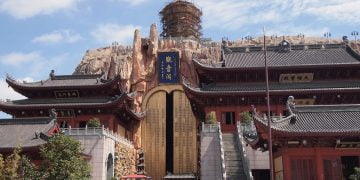
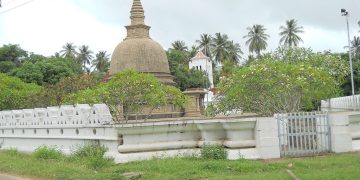
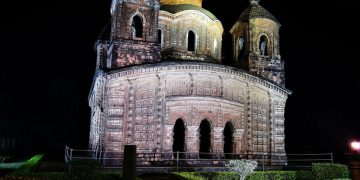
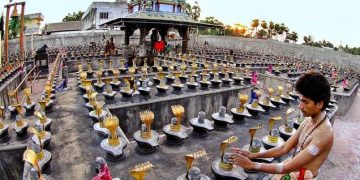

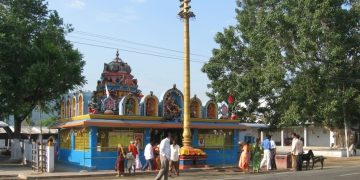
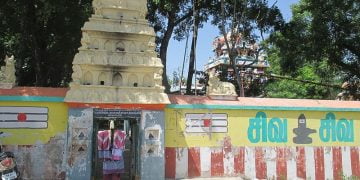
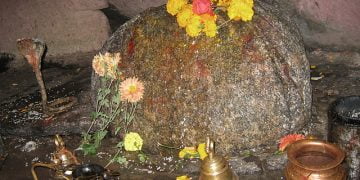
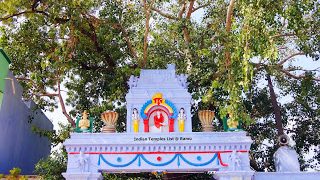
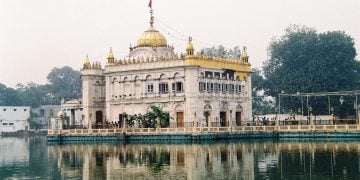
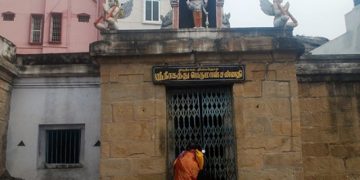
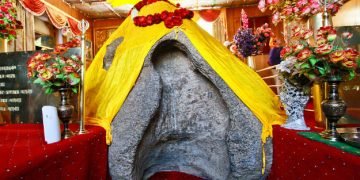
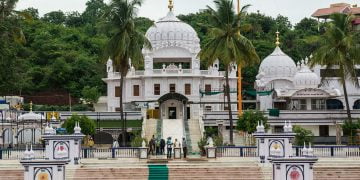

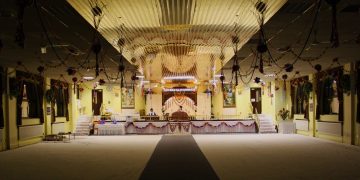
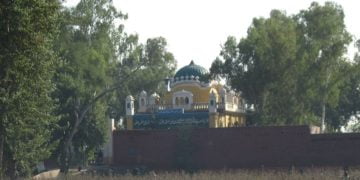
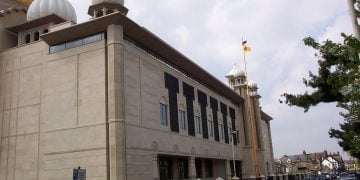
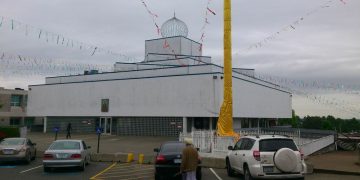
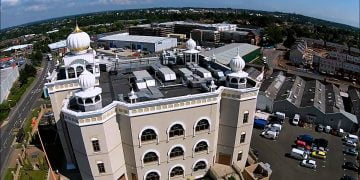
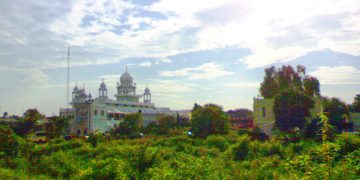
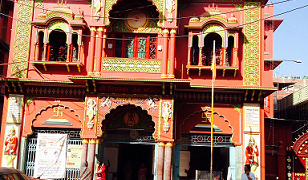
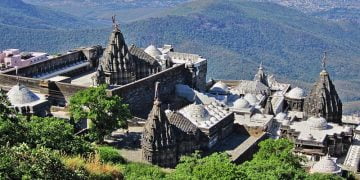
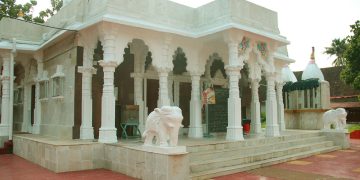
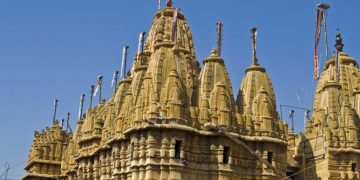
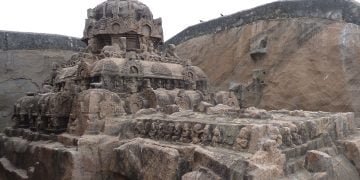
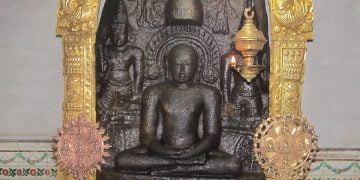
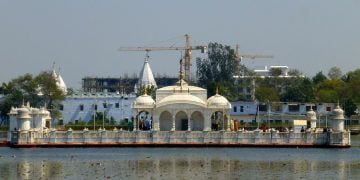

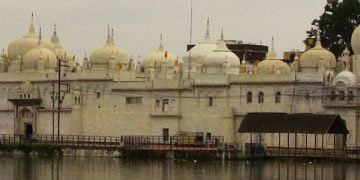



Discussion about this post